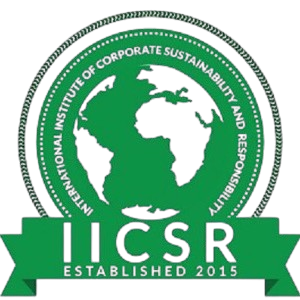About Me
Greetings! I’m Tushar Narula, a dedicated Sustainability Advisor and Climate Change Expert on a mission to harmonize Environmental Social Governance principles with the world of value investments. My passion lies in catalyzing the transformation of organizations towards generating positive returns while fostering a lasting impact on society.
My journey thus far has been akin to the growth of a tree, cultivated during my upbringing in India. Being involved in sustainability and CSR projects since a young age instilled in me a profound connection with local issues within my community.
Expanding beyond local boundaries, I ventured into the realm of international sustainability standards, collaborating with esteemed research institutions. These experiences allowed me to paint the canvas of sustainability with diverse shades of valuable change and structured innovation.
Branching further into the professional landscape, I delved into the intricacies of smart city integration policy, offering consulting and advisory services. Engaging with multinational corporations has equipped me with the tools to infuse innovation into the landscape of growth.
At the core of my belief system is the conviction that sustainability and innovation flourish exponentially when nurtured by diverse thoughts and the intersection of various disciplines. I am an active participant in global climate networks and eagerly seize speaking opportunities to amplify the message of sustainable transformation. With a proven track record in sustainability, a knack for innovation, and a commitment to diverse collaboration, I stand ready to guide organizations towards a greener, more responsible future, where profitability and positive societal impact go hand in hand.

Organizations I have worked with























































Education

Imperial College Business School
 M.Sc. Climate Change, Management and Finance
M.Sc. Climate Change, Management and Finance Imperial College Business School Scholarship recipient
Imperial College Business School Scholarship recipient
Imperial College Business School
 M.Sc. Climate Change, Management and Finance
M.Sc. Climate Change, Management and Finance Imperial College Business School Scholarship recipient
Imperial College Business School Scholarship recipient

The London School of Economics
 Certification in Strategic Management
Certification in Strategic Management
The London School of Economics
 Certification in Strategic Management
Certification in Strategic Management

University of California, Berkeley
 BA Sustainable Environmental Design (Concentration in Business, Economics and Policy)
BA Sustainable Environmental Design (Concentration in Business, Economics and Policy) Minor: City and Regional Planning
Minor: City and Regional Planning College of Engineering: Certification in Technology Entrepreneurship
College of Engineering: Certification in Technology Entrepreneurship
Organizations Served:
 Associated Students at University of California (ASUC)
Associated Students at University of California (ASUC) Residential Sustainability Program (RSP)
Residential Sustainability Program (RSP) Financial Literacy and Economic Justice Con (FLEJCON)
Financial Literacy and Economic Justice Con (FLEJCON) Engineer Sustainable World (ESW)
Engineer Sustainable World (ESW) Berkeley Energy and Resources Collaborative (BERC), SEDInc
Berkeley Energy and Resources Collaborative (BERC), SEDInc
University of California, Berkeley
 BA Sustainable Environmental Design (Concentration in Business, Economics and Policy)
BA Sustainable Environmental Design (Concentration in Business, Economics and Policy) Minor: City and Regional Planning
Minor: City and Regional Planning College of Engineering: Certification in Technology Entrepreneurship
College of Engineering: Certification in Technology Entrepreneurship
Organizations Served:
 Associated Students at University of California (ASUC)
Associated Students at University of California (ASUC) Residential Sustainability Program (RSP)
Residential Sustainability Program (RSP) Financial Literacy and Economic Justice Con (FLEJCON)
Financial Literacy and Economic Justice Con (FLEJCON) Engineer Sustainable World (ESW)
Engineer Sustainable World (ESW) Berkeley Energy and Resources Collaborative (BERC), SEDInc
Berkeley Energy and Resources Collaborative (BERC), SEDInc



